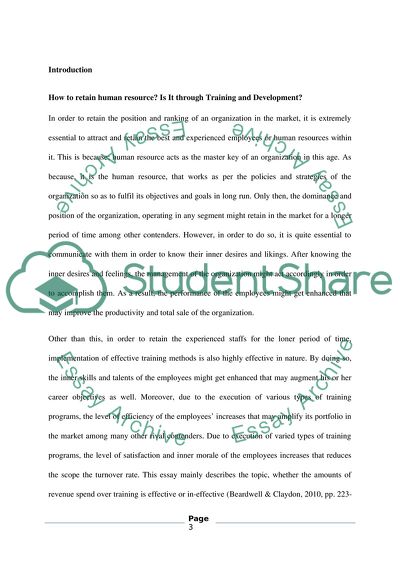Cite this document
(Critical Approaches to Human Resource Management Essay - 1, n.d.)
Critical Approaches to Human Resource Management Essay - 1. https://studentshare.org/human-resources/1820191-critical-approaches-to-human-resource-management
Critical Approaches to Human Resource Management Essay - 1. https://studentshare.org/human-resources/1820191-critical-approaches-to-human-resource-management
(Critical Approaches to Human Resource Management Essay - 1)
Critical Approaches to Human Resource Management Essay - 1. https://studentshare.org/human-resources/1820191-critical-approaches-to-human-resource-management.
Critical Approaches to Human Resource Management Essay - 1. https://studentshare.org/human-resources/1820191-critical-approaches-to-human-resource-management.
“Critical Approaches to Human Resource Management Essay - 1”. https://studentshare.org/human-resources/1820191-critical-approaches-to-human-resource-management.


